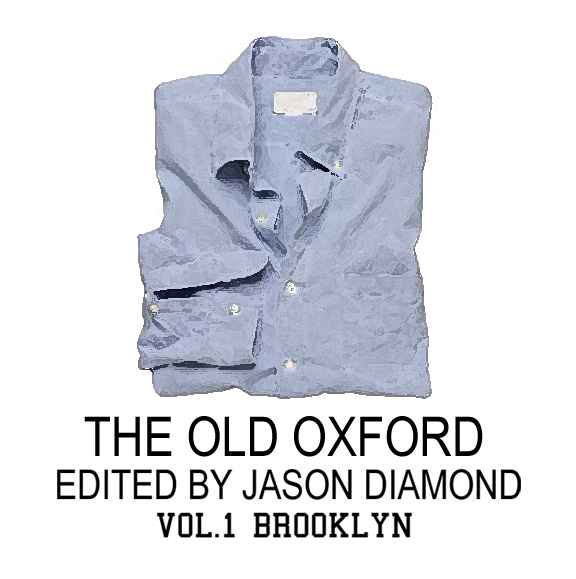 There was this one shot from the premiere of the third season of Downton Abbey that has really been sticking with me. It wasn’t the epic moment when the Dowager Countess and Shirley MacLaine shared their first scene together, anything having to do with Bates in prison, or Lady Mary throwing a fit when Matthew decided he wanted to be the latest of the show’s martyrs and not accept a windfall of cash that he inherited (days before their wedding, no less). The scene I keep replaying was the one immediately after Lady Mary and Matthew Crawley were married; the two of them driving through the English countryside on the way back to Downtown in their newly bought English-made A.C. automobile, where Matthew tells Lord Grantham that he had a fantastic time getting intimate with the Lord’s oldest daughter, saying that “My eyes have been opened,” and Lord Grantham creepily replying like an old college buddy, “Don’t I know it.” While the dialogue is awkward, the scene itself is downright Wodehousian in appearance, or at least it was to me. The look of the shot, not the dialogue, epitomized so much of what draws me back to Downton; mainly, the show’s meticulous dedication to both perfect sets, and brilliant costuming by Susannah Buxton.
There was this one shot from the premiere of the third season of Downton Abbey that has really been sticking with me. It wasn’t the epic moment when the Dowager Countess and Shirley MacLaine shared their first scene together, anything having to do with Bates in prison, or Lady Mary throwing a fit when Matthew decided he wanted to be the latest of the show’s martyrs and not accept a windfall of cash that he inherited (days before their wedding, no less). The scene I keep replaying was the one immediately after Lady Mary and Matthew Crawley were married; the two of them driving through the English countryside on the way back to Downtown in their newly bought English-made A.C. automobile, where Matthew tells Lord Grantham that he had a fantastic time getting intimate with the Lord’s oldest daughter, saying that “My eyes have been opened,” and Lord Grantham creepily replying like an old college buddy, “Don’t I know it.” While the dialogue is awkward, the scene itself is downright Wodehousian in appearance, or at least it was to me. The look of the shot, not the dialogue, epitomized so much of what draws me back to Downton; mainly, the show’s meticulous dedication to both perfect sets, and brilliant costuming by Susannah Buxton.
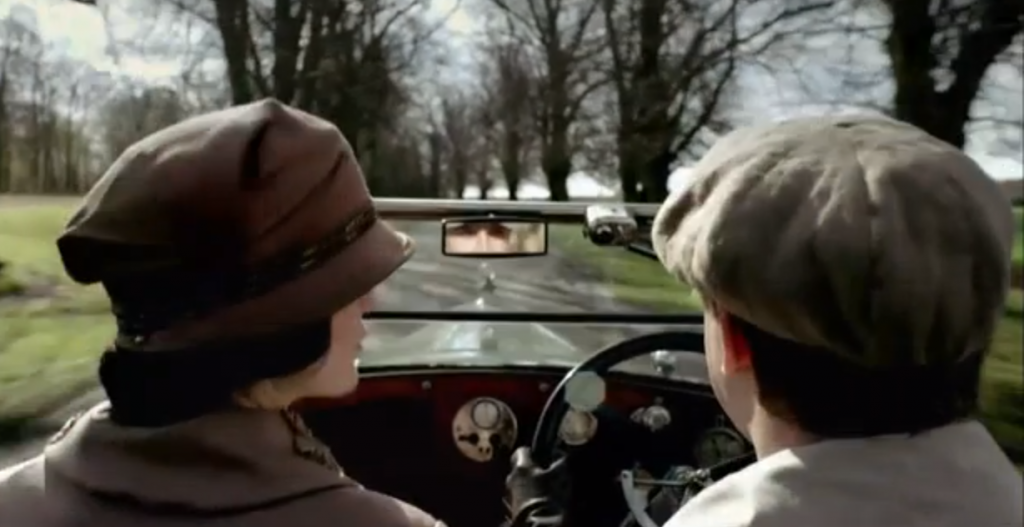
Downton Abbey isn’t directly based of off any one book (although the book Below Stairs is sold as the memoir that influenced both Downtown creator Julian Fellowes, as well as another iconic British period piece, Upstairs, Downstairs), it’s hard to deny that any show on television appeals as much to the literary sensibilities of its watchers. Just take a look at the GoodReads list of “Downton Abbey-esque Books,” which is currently at well over 200 titles, including works by Oscar Wilde and Agatha Christie, as a signifier that people with shelves full of books make up a significant portion of the large audience that spend their Sunday evenings watching Laura Linney introduce Masterpiece Classic.
While Downton is a unique phenomenon—a British period drama that airs on PBS, is watched by millions of viewers in the United States (the premiere alone had 7.9 last week), and goes on to win big at the Emmys and Golden Globes doesn’t come along that often—it is also part of a renaissance of shows and films costumed in the attire of past generations either directly adapted from literature or directly influenced by the aesthetic. Mad Men–the other television show to take place in a different time that was as, if not more, influential than Downtown Abbey—feels at times like it is based off fragments of the work of John Cheever or Richard Yates, and is peppered with literary references and shots of plenty of books. Both shows, along with the latest adaptation of Tolstoy’s Anna Karenina and the forthcoming Baz Luhrmann take on F. Scott Fitzgerald’s The Great Gatsby, are all part of a wave of projects influencing the fashion industry in equal measure as the Hollywood producers that throw money behind these productions.
Luhrman, a master of mixing high camp and pop culture with classic stories, along with costume designer Catherine Martin, wisely chose Fitzgerald’s company of choice, Brooks Brothers, to outfit Leonardo DiCaprio, Tobey Maguire, and many of The Great Gatsby‘s other actors in period-specific suits. While no doubt a homage to Fitzgerald’s beloved store, and a way to be as authentic as possible to the decade while a score by Jay-Z plays in the background of the film, don’t be that surprised if Brooks Brothers rolls out a Gatsby line sometime in the near future, much like Banana Republic did with their Mad Men suits for every guy, or their not-so-19th-century-Russia Anna Karenina collection.
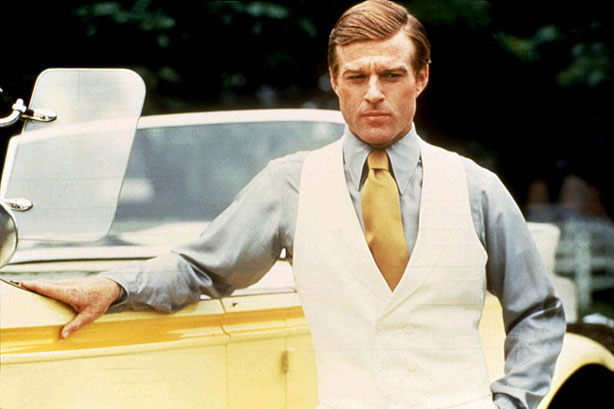
Then again, maybe you should be surprised if Brooks Brothers does go the retail route with a Gatsby-inspired line, since the person who outfitted the cast of the 1974 adaptation of Fitzgerald’s book, Ralph Lauren, already revisited the Jazz Age last Spring. Lauren, who began his career selling suits and ties for Brooks Brothers, has already moved on from the later part of the 1920s, and has started going to Downton Abbey for inspiration; even going so far as to hold his Fall 2013 show at Highclere Castle – that is, the actual castle from Downton Abbey.
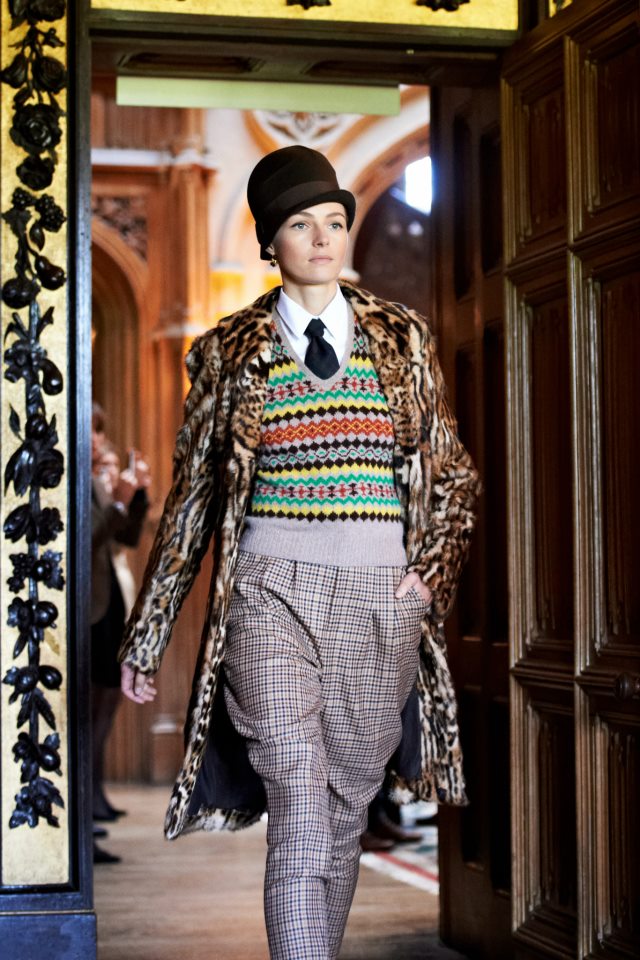
Film and television driving fashion trends isn’t new. We look to people on the big and small screens not only for advice on what to wear, but how to wear it. Be it the 1920s, the 1960s, or whatever decade is next on the list, it isn’t exactly revolutionary for period media to have some bearing on contemporary fashion. One example that is usually mentioned in the same breath as Downton, the 1981 adaptation of Evelyn Waugh’s Brideshead Revisited, with its white tennis sweaters draped over shoulders and Oxford shirts, is considered the other truly quintessential television costume drama. Broadcast in the early 1980s, when the fashion world was in the midst of a preppy craze, and, according to Christopher Breward in the book Ivy Style (Yale, 2012), the Brideshead’s sartorial influence “was felt through the look of countless early 1980’s British pop bands, from Spandau Ballet and The Style Council.” While there wasn’t a fashion line dedicated to the costumes designed by Jane Robinson, the influence could be seen among the fashionable in London, as well across the pond where, in New York, Bloomingdale’s dedicated a window display to high end pieces that could have been worn by Charles Ryder or Anthony Blanche, thanks to the success of the miniseries on PBS in the United States in 1982.
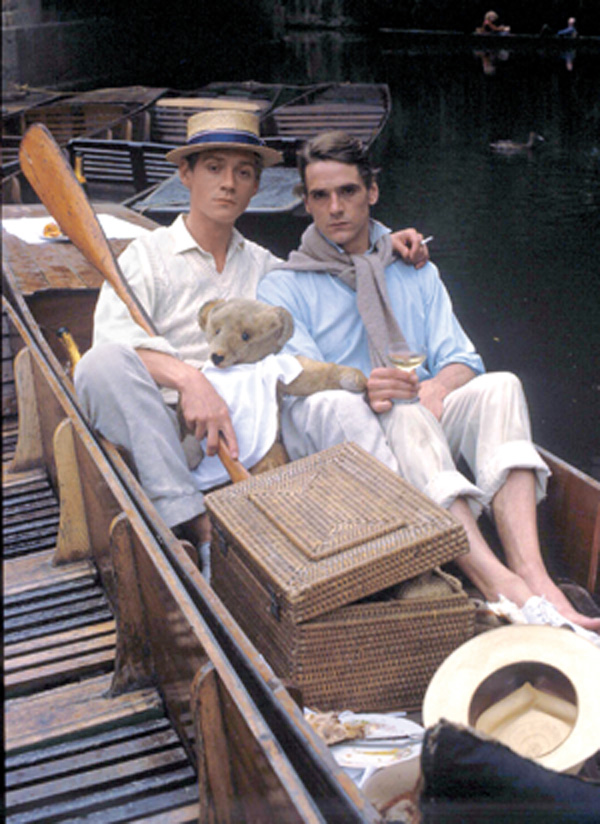
Today, you still get a bit of the Brideshead influence on fashion when you look at collections by Gant or Thom Browne. You see New Yorkers prancing around Governors Island every June at the Jazz Age Lawn Party; some not realizing their look might be influenced just as much by Robinson’s interpretation of Waugh’s Oxford of a different part and place of the 1920s as it is what they assume is the dress of a reveler from the “Roaring Twenties.” All of these styles, the clean gray suits with emphasis on the shoulders of Mad Men to the flourishes of Edwardian England you see incorporated into the ensembles of ladies in Brooklyn–they are part of the current wave of film and television mixing literature and fashion that leaves one to guess exactly what period will be next in vogue.
Follow Vol. 1 Brooklyn on Twitter, Facebook, Google + our Tumblr, and sign up for our mailing list.

1 comment